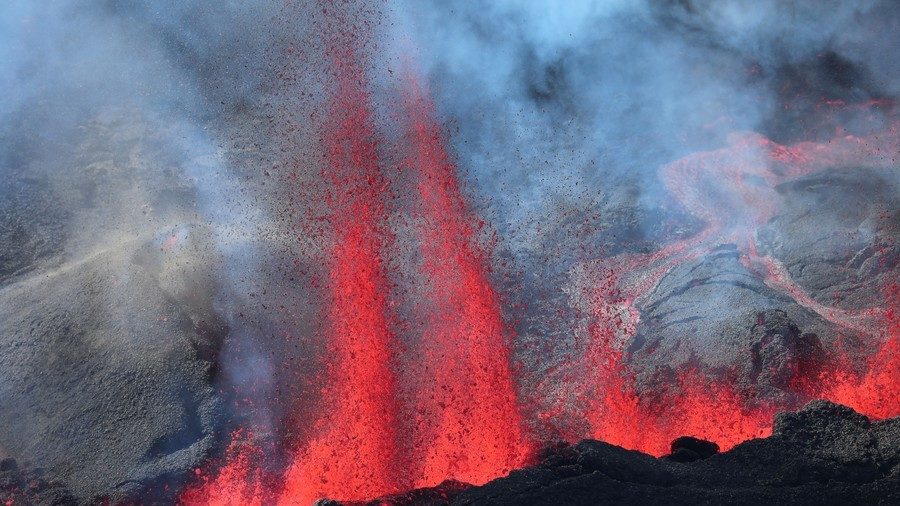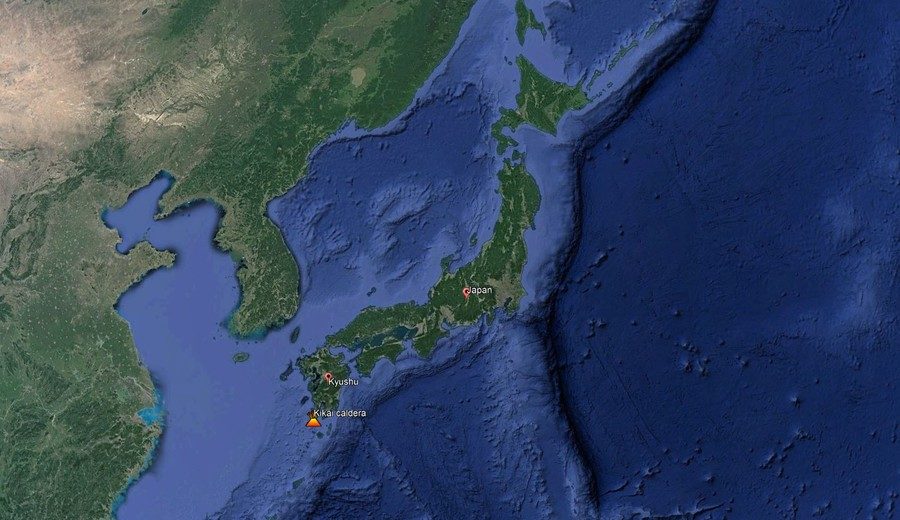OF THE
TIMES
Do they really think that the citizens of signatory governments are going to let themselves be dictated to by the corrupt WHO? And meekly submit...
Colonialism has long been the cover for barbarism. All European overseas colonies were based on barbaric behaviour by the colonisers. They...
By Islamist, do they mean someone who is opposed to the genocide happening in Palestine? And by "support for democracy" do they mean support for...
OK - but Ms. Laura said herself in the very beginning of this interview - she said she wasn't exactly a willing participant - I mean what is one...
So, the "barbarians" were the downfall of the Roman empire some say - or at least a contributing factor - but I think the analogy here is unfair...
To submit an article for publication, see our Submission Guidelines
Reader comments do not necessarily reflect the views of the volunteers, editors, and directors of SOTT.net or the Quantum Future Group.
Some icons on this site were created by: Afterglow, Aha-Soft, AntialiasFactory, artdesigner.lv, Artura, DailyOverview, Everaldo, GraphicsFuel, IconFactory, Iconka, IconShock, Icons-Land, i-love-icons, KDE-look.org, Klukeart, mugenb16, Map Icons Collection, PetshopBoxStudio, VisualPharm, wbeiruti, WebIconset
Powered by PikaJS 🐁 and In·Site
Original content © 2002-2024 by Sott.net/Signs of the Times. See: FAIR USE NOTICE


[Link]